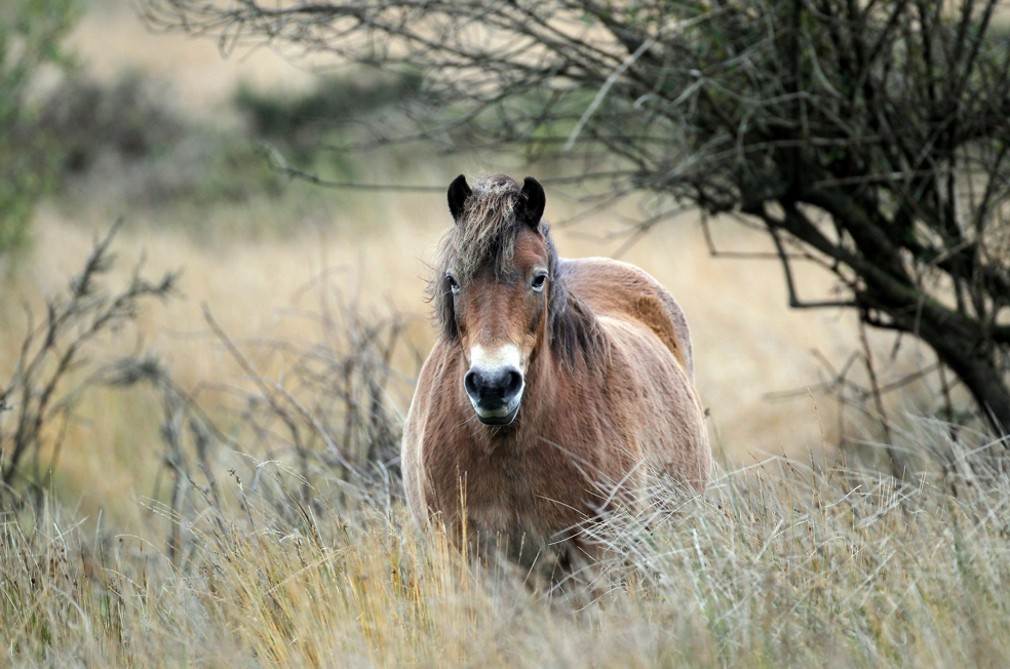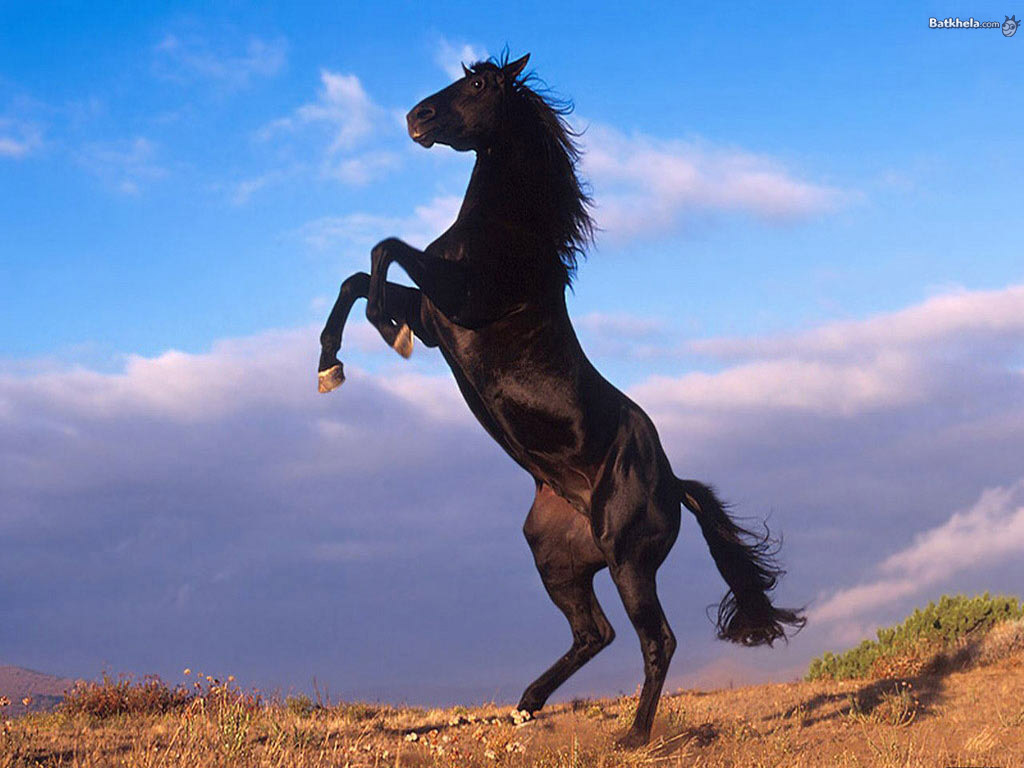Wild Horse Pictures Biography
Source(Google.com)
What do Mexico’s Rarámuri native people and Australia’s wild horses, or Brumbies, have in common? Well, a few things.
Barefoot horseBoth travel rugged terrain. Both are good runners. Both have lived removed from the influence of outside people and modern culture for a long time, over 500 and 200 years respectively. And, thanks to that relative isolation, both are teaching us more about feet—our feet, horses’ hooves.
The Rarámuri are very good runners, putting our megamarathoners to shame. They routinely run distances over 100 miles. It seems their running culture developed in part because the rugged canyon lands they are surrounded by make other modes of transportation difficult. Stop and think about that for a second. They run to simply travel or to deliver communications. Then, they run for ceremonies and competitions. More running… for fun?
The Natural, Bare Foot and the Brumby
The point about these amazing people that is relevant, well, somewhat relevant, to Brumbies and so to Cavallo, is that they run in little sandals, just a little something to avoid abrasions. And they seem to avoid many of the injuries and damage distance runners in our culture suffer. The Rarámuri’s feet seem to grow stronger over a lifetime of running nearly barefoot. Barefoot brumbies
We Cavallo people are riders, not so much runners. We assume you must be a rider, too, so we’ll let you look into the Rarámuri if they sound interesting to you. We just couldn’t help but pay some attention to their story as it has some parallels to the story of the Brumbies and the Australian Brumby Research Unit.
As some of you know, we sponsored one of the Brumbies in the unit’s study. A major focus of the study is the barefoot hoof of the wild horse. Researchers from the University of Queensland’s School of Veterinary Science have studied the hooves of “50 wild horses from each of five locations in Australia and New Zealand.” By the time the study, now halfway through its four-year duration, is over, they will have studied some of the same horses’ hooves again after relocating them for six months to a different type of country (rocky v. sandy). We are so excited to hear about the study’s findings and to share them with you.
Cavallo’s Commitment to Equine Science and Research
So far, we can summarize by saying researchers found, as we would expect, that wild horses “living on soft sandy country have long and often splayed hooves” while “horses living on hard rocky ground have short, rolled hooves.” We will keep you posted as more findings of the Australian Brumby Research Unit become available. We hope researchers from the unit will be back for another seminar or conference in North America soon.
Cavallo is committed to helping horse and rider enjoy the most comfort possible by providing the best protection and support. We believe solid research in equine science is our means to that end. Cavallo is proud to sponsor the Australian Brumby Research Unit.
Barefoot horseBoth travel rugged terrain. Both are good runners. Both have lived removed from the influence of outside people and modern culture for a long time, over 500 and 200 years respectively. And, thanks to that relative isolation, both are teaching us more about feet—our feet, horses’ hooves.
The Rarámuri are very good runners, putting our megamarathoners to shame. They routinely run distances over 100 miles. It seems their running culture developed in part because the rugged canyon lands they are surrounded by make other modes of transportation difficult. Stop and think about that for a second. They run to simply travel or to deliver communications. Then, they run for ceremonies and competitions. More running… for fun?
The Natural, Bare Foot and the Brumby
The point about these amazing people that is relevant, well, somewhat relevant, to Brumbies and so to Cavallo, is that they run in little sandals, just a little something to avoid abrasions. And they seem to avoid many of the injuries and damage distance runners in our culture suffer. The Rarámuri’s feet seem to grow stronger over a lifetime of running nearly barefoot. Barefoot brumbies
We Cavallo people are riders, not so much runners. We assume you must be a rider, too, so we’ll let you look into the Rarámuri if they sound interesting to you. We just couldn’t help but pay some attention to their story as it has some parallels to the story of the Brumbies and the Australian Brumby Research Unit.
As some of you know, we sponsored one of the Brumbies in the unit’s study. A major focus of the study is the barefoot hoof of the wild horse. Researchers from the University of Queensland’s School of Veterinary Science have studied the hooves of “50 wild horses from each of five locations in Australia and New Zealand.” By the time the study, now halfway through its four-year duration, is over, they will have studied some of the same horses’ hooves again after relocating them for six months to a different type of country (rocky v. sandy). We are so excited to hear about the study’s findings and to share them with you.
Cavallo’s Commitment to Equine Science and Research
So far, we can summarize by saying researchers found, as we would expect, that wild horses “living on soft sandy country have long and often splayed hooves” while “horses living on hard rocky ground have short, rolled hooves.” We will keep you posted as more findings of the Australian Brumby Research Unit become available. We hope researchers from the unit will be back for another seminar or conference in North America soon.
Cavallo is committed to helping horse and rider enjoy the most comfort possible by providing the best protection and support. We believe solid research in equine science is our means to that end. Cavallo is proud to sponsor the Australian Brumby Research Unit.
Wild Horse Pictures Images Wallpapers Photos 2013

Wild Horse Pictures Images Wallpapers Photos 2013

Wild Horse Pictures Images Wallpapers Photos 2013

Wild Horse Pictures Images Wallpapers Photos 2013

Wild Horse Pictures Images Wallpapers Photos 2013

Wild Horse Pictures Images Wallpapers Photos 2013

Wild Horse Pictures Images Wallpapers Photos 2013

Wild Horse Pictures Images Wallpapers Photos 2013

Wild Horse Pictures Images Wallpapers Photos 2013

Wild Horse Pictures Images Wallpapers Photos 2013

Wild Horse Pictures Images Wallpapers Photos 2013
No comments:
Post a Comment